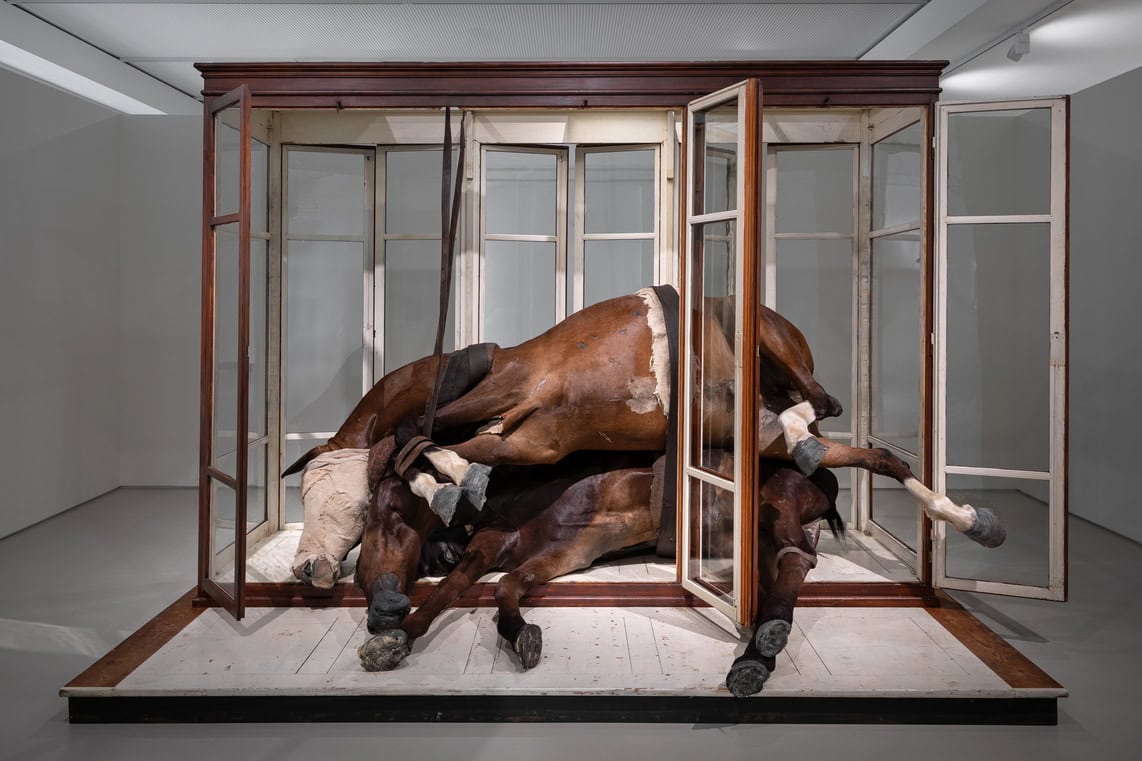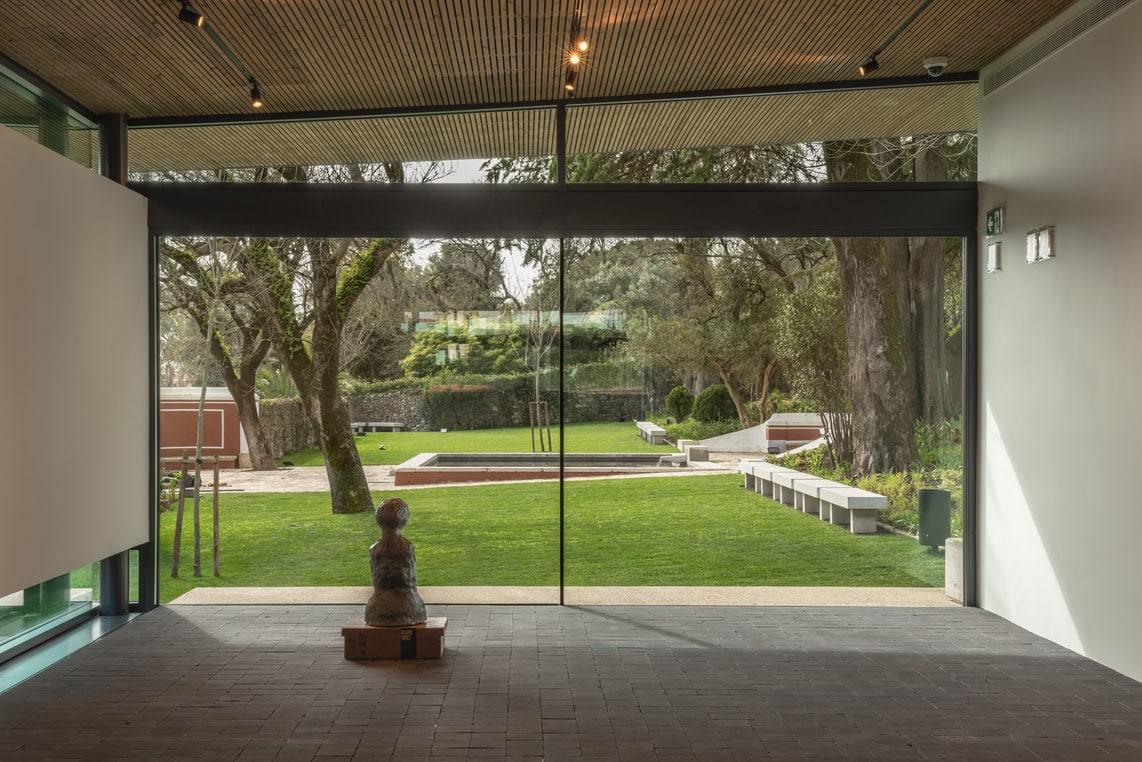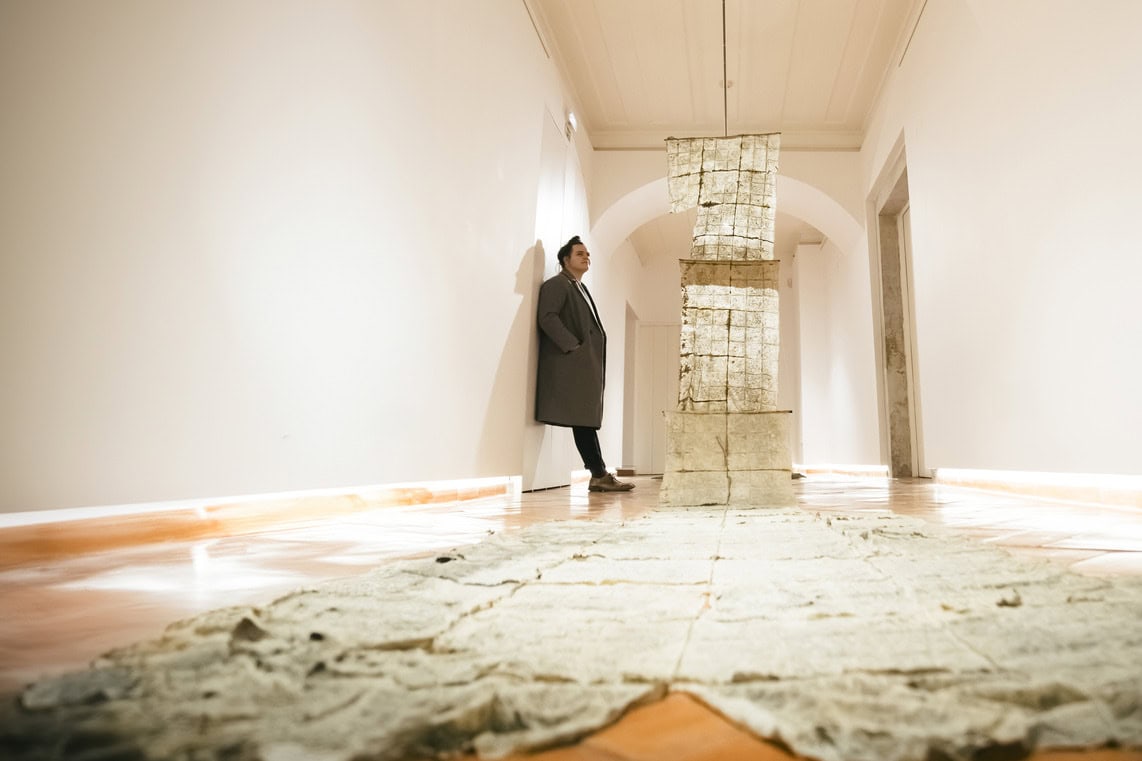We should celebrate our birthday every year by giving ourselves a present. After all, everyone knows the sorrows and delight of being who they are. On his latest birthday, on March 22, collector Armando Martins presented himself with one of the most extraordinary gifts: a museum bearing his name. The celebration was open to the public and birthday cake was provided for all those who attended the inauguration of Museu de Arte Contemporânea Armando Martins, in Alcântara. Those who profited from this generous gift were the city of Lisbon, which has now acquired a new cultural venue. And a five-star hotel.
The museum is housed in a 1701 palace, one of Lisbon’s 265 architectural heritage sites, and boasts a 110-metre-long façade on Rua da Junqueira, a traditional boulevard of aristocratic dwellings. Purchased by Armando Martins almost twenty years ago, the building was renovated and refurbished by the MetroUrbe architecture studio, bringing a whole new wing to life with a three-dimensional panel by ceramicist Maria Ana Vasco Costa. The ‘museum containing a hotel and not a hotel containing a museum’, as explained by Armando Martins, features 64 rooms (at an average of 400 euros per night), which also include original works of art from its collection. The experience of visiting this property is enhanced by commissioned sculptures scattered around the gardens and terraces of artists such as Cristina Ataíde and Angela Bulloch; paintings by Rosa Carvalho in the café and restaurant; and a video installation by Carlos Aires in the Chapel.
Armando Martins’ 600-work collection first started more than fifty years ago with some paintings by modern Portuguese artists. He gave himself an original painting for the first time on his twenty-fifth birthday. Born in Penamacor, a medieval hamlet in Beira Baixa, Armando Martins studied mechanical engineering in Lisbon. He made his fortune in Brazil in the concrete and mining sectors, later founding the Fibeira Group in the 1990s, with businesses in real estate, hotels and services. He was later head of the Atrium Saldanha development.
A gallery dedicated to paintings by artists such as Sarah Affonso, Nadir Afonso, José de Guimarães, Amadeo de Souza-Cardoso and Almada Negreiros is just to the left of the museum entrance and hotel reception. The other three galleries at MACAM exhibit works by national and international contemporary artists, which Armando Martins began collecting at the end of the 1990s. ‘I was already planning to establish a museum,’ he explains, who currently exhibits (only) a third of his collection to the public. ‘I haven’t seen some pieces for more than 20 years. Art is to be seen and shared!’, he said.
The powerful work of the curators is obvious at this point: Adelaide Ginga and Carolina Quintela oversee the research into each of the works in the collection, make cut-outs and bring them to the audience with a narrative, context and purpose. ‘We began five years ago,’ curator Carolina Quintela tells us.
‘We first analysed the works, their state of conservation and surveyed them. We took photos, worked on the technical specifications of the pieces and looked for authenticity certificates. It was a thorough survey. The second step was to study the collection, figure out what the works were and write texts about them. From that point on we could choose, quite intuitively, what to present first in the museum.”
Both curators agreed to put on two theme-based exhibitions, dedicated to the Anthropocene and war. Within a gigantic collection of leading names, although consisting of works that are neither as compelling nor as typical of the artists, the curators’ narratives are what give greater coherence and consistency to everything that is presented. ‘We have realised that many of the works do have strength and impact and that we could relate them to the world we live in and are going through,’ Carolina explains. This is an extremely urgent task. A museum that provides a service to society not only features artworks, but also encourages research, poses questions, offers critical thinking and acts on the educational and mediation axis.
Guerra: Realidade, Mito e Ficção leads off with a strong concrete and sheet metal sculpture by Cristina Iglesias and a rendering of the first atomic bomb in history by João Louro; it then continues with Melik Ohanian’s sculptures and photos, based on a collection of images of women who were involved in making the WWI bombs; and reaches its peak with Berlinde de Bruyckere’s impressive work – two full-sized horses with natural skin, appearing wounded, shot and trapped in a cabinet. ‘In fact, we are experiencing at the same time an extreme fragility in age-old disputes, and other more recent ones. It all seems to be set on fire, right? The exhibition questions why we are constantly involved in these clashes. And then it ties in with other themes that can underpin or explain these conflicts, for instance the banality of evil, this concept that we are constantly subjected to images that eventually lose their importance. All these discourses, both fictional and mythological, which frequently reinforce and continue to manipulate and even constrain or direct public opinion.”
Carolina Quintela was also keen to talk about the MurMur project, featuring works by up and coming artists in the high-ceilinged lobby of the new building. ‘We have invited artists to develop a project that covers two walls, one nine metres high and the other six metres high, and who have not had the chance to display their work in an institutional setting. I find it really interesting to be able to experiment.” Marion Mounic, a French artist of Moroccan descent, launches the project with a tapestry and a painting called Harem.
Following the tour, one should try the treats at the delicious MACAM café – which was very warmly appreciated by visitors in a festive mood on the opening day – or have a meal at the Contemporâneo restaurant. The Chapel will be hosting the evening programme: a beautiful building that has been fully restored and de-sacralised to accommodate a bar with a music and performance programme outside of exhibition opening hours. Originally created to support the museum, the hotel will open at Easter. May the excitement of the opening continue: long live MACAM.
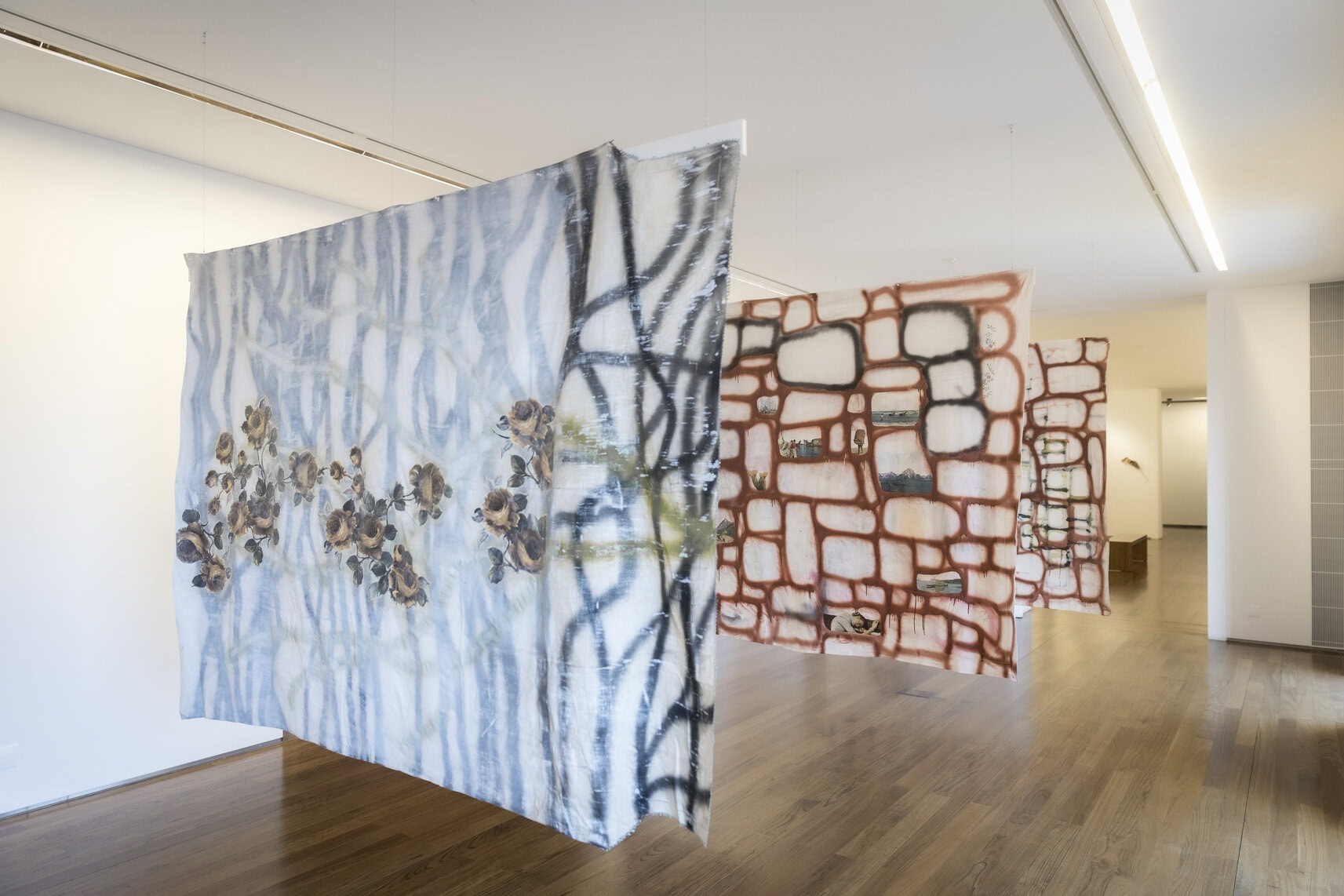
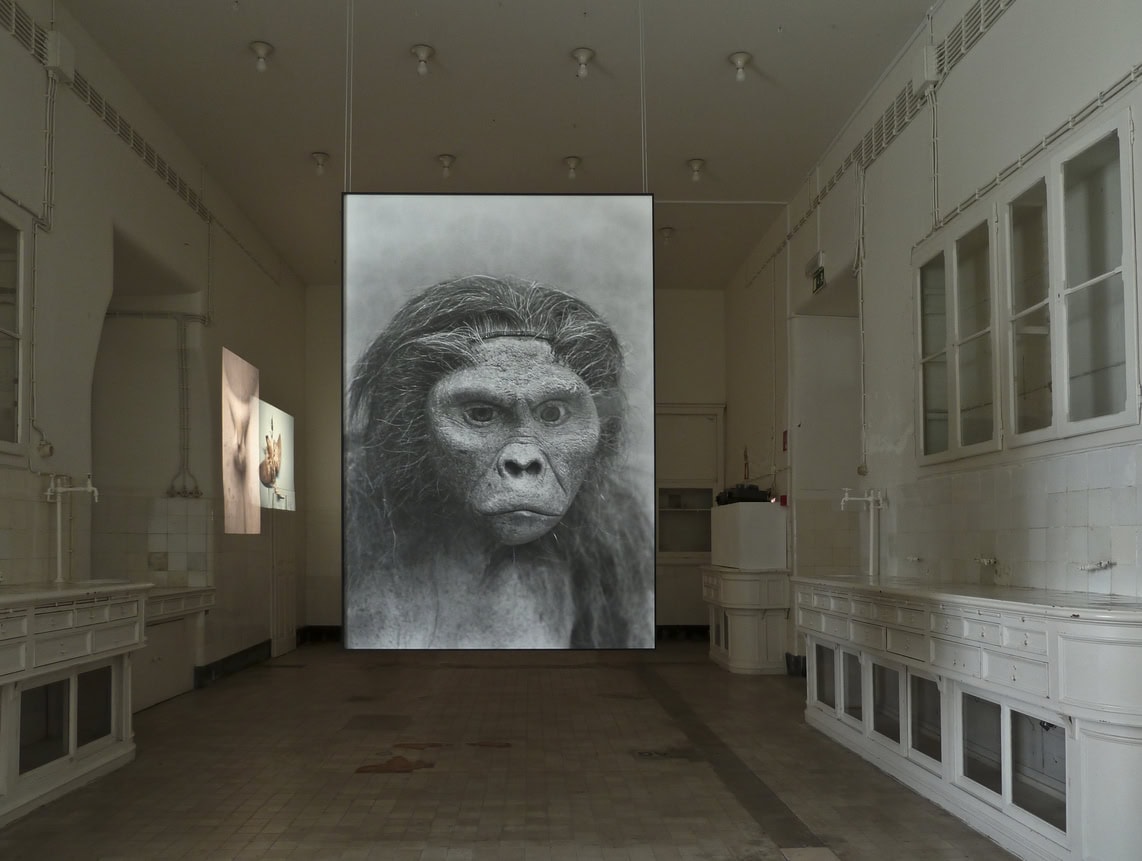
Loop Lab Busan-7qk50.JPG)
